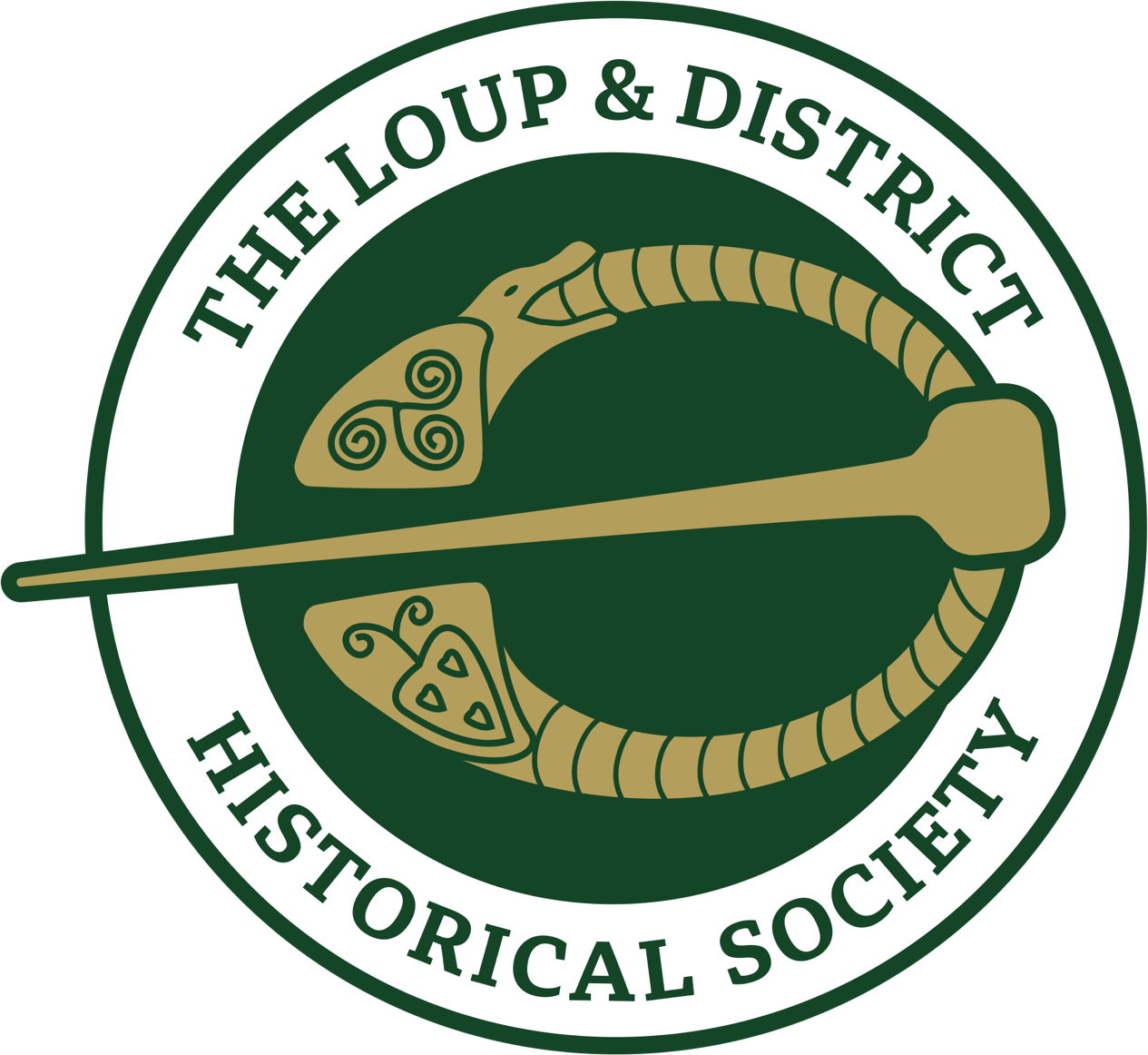While some workhouses in Ireland were regularly confronted with religious tensions, both amongst the board of guardians and the ‘inmates’, there does not appear to have been too much trouble in Magherafelt over the years. There were claims of proselytising levelled at the guardians towards the end of the Famine in 1851 but these were refuted. A decade later the religious profession of the ‘inmates’ was much the same as it had been during the Famine. An 1861 government reported noted that there were 67 members of the Established Church; 31 Presbyterians and 83 Catholics in the workhouse. In the schoolrooms of the 28 boys there were 12 Catholics, 13 of the Established Church and 3 Presbyterians. It was a similar breakdown in the female school were there were also 28 children – made up of 9 members of the Established Church; 12 Presbyterians and 17 Catholics.
In 1889 the Sisters of Mercy were brought to the town of Magherafelt in order to help with the provision of education and there were suggestions that this should be extended to the workhouse. Obviously, some members of the board of guardians wished for a separate religious instruction for the young boys and girls in the workhouse and there were attempts made to have the Sisters of Mercy provide religious lessons. In 1891 there was an effort made by a guardian, Nicholas Mulholland to have nuns brought to the workhouse for religious instruction but it was defeated by the board by a majority of three. Issues relating to religion also came to a head in 1909 over the christening of a child and in September 1919 when some guardians looked for the stations of the cross to be erected in the workhouse.



